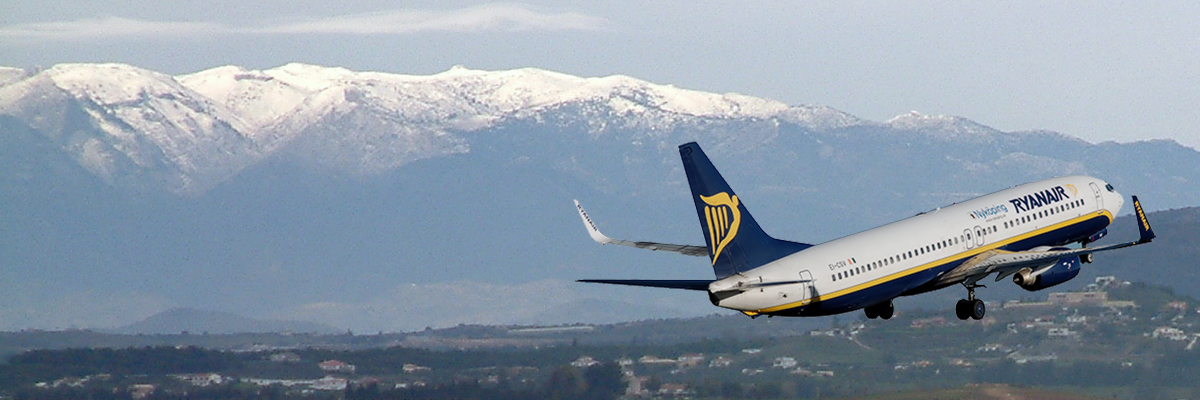During the last two decades, Low Cost Carriers -LCCs- have nibbled a good chunk of the air transport business on a global scale. According to IATA, LCCs are already reaching 24% share of seat capacity worldwide. LCC segment represents around 50% in Italy and Spain. Legacy companies, once the masters of the air transport business, have been swept away from the European short haul market in less than ten years.
Gone are the golden years of exclusiveness in aviation. Champagne and caviar are seldom seen on board anymore. Chances are the passenger next to you may bring home-made sandwiches for the trip. Short haul air transport has become a commodity. Many passengers are price driven. As a result, the airline company offering the lowest price will most likely make the deal.
In order to be able to offer such low rates, LCCs are compelled to become super-efficient at all levels, especially on the ground. Turnarounds of 25-30 minutes are their goal. Airports targeting LCCs must adapt to this new business environment. Here are some tips:
Up till now airports have been a luxurious point of entry for business people. Now they must think about how to adapt their infrastructures to a new type of passenger
• Single runway airports are ideal for LCCs. This allows them to minimize taxi time after landing or before taking-off.
• Aircraft stands located at cul-de-sacs accessible by a single taxiway must be eliminated. Aircrafts need to move in and out unhindered anytime. Money is wasted waiting on the ground for someone else.
• People don’t mind waking up very early if that saves them money. Extending airport operations into the early hours of the morning and after midnight allows LCCs to crunch an additional flight into their daily schedule. This is good for LCCs since they make a living by doing as many flights as possible per day.
• Aircraft stands must be within walking distance from the boarding gate. Remote stands are to be avoided at all costs.
• Boarding pass and ID’s must be checked in advance. This allows for expediting aircraft boarding. In order to do this, pre-boarding areas must be provided at each gate. It must be noted that pre-boarding is in conflict with airport commercial interests. Passengers can’t shop anymore once they are caged in these areas.
Some other rules may apply. LCCs demand cheap landing fees. The easiest way to offer them is by building cheap infrastructures. Terminal buildings have often been a showcase for politicians and architects. After all an airport is the entryway for tourists and businessmen. LCCs don’t care about fancy terminal buildings. They just demand efficiency on their daily ground operations.
Obviously, excellent ground communications are mandatory; freeways, a built-in railway station, a bus network, etc. An airport is just a node where air/ground modes of transportation meet.
Finally, LCC’s passengers are not cheapskates; they are just not willing to pay much for air travel. They like shopping like everybody else. Airports have a great chance of cashing in big bucks by providing large commercial areas. If money must be spent on some form of infrastructure, it should be on huge and fancy shopping malls.
Have a great flight.



